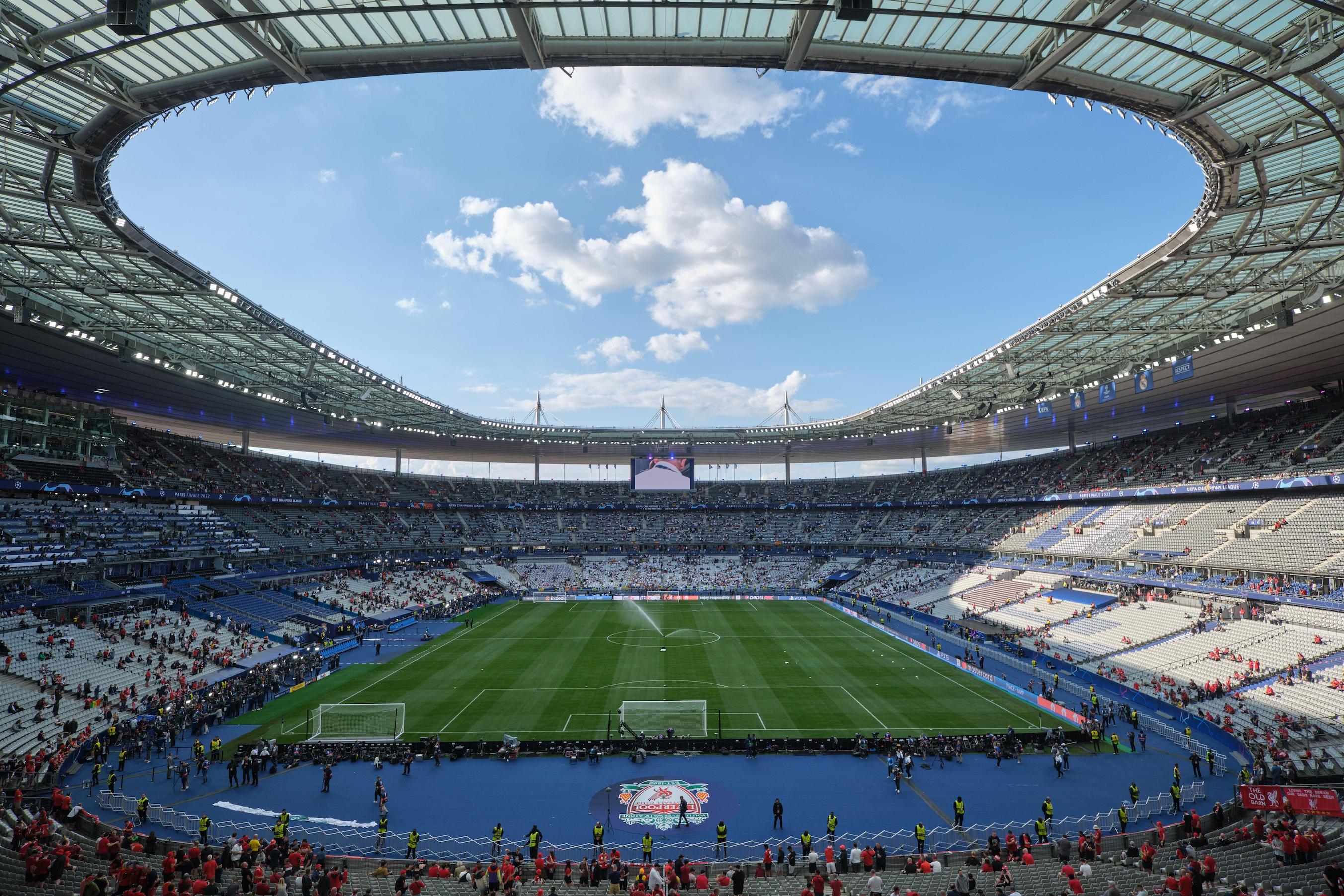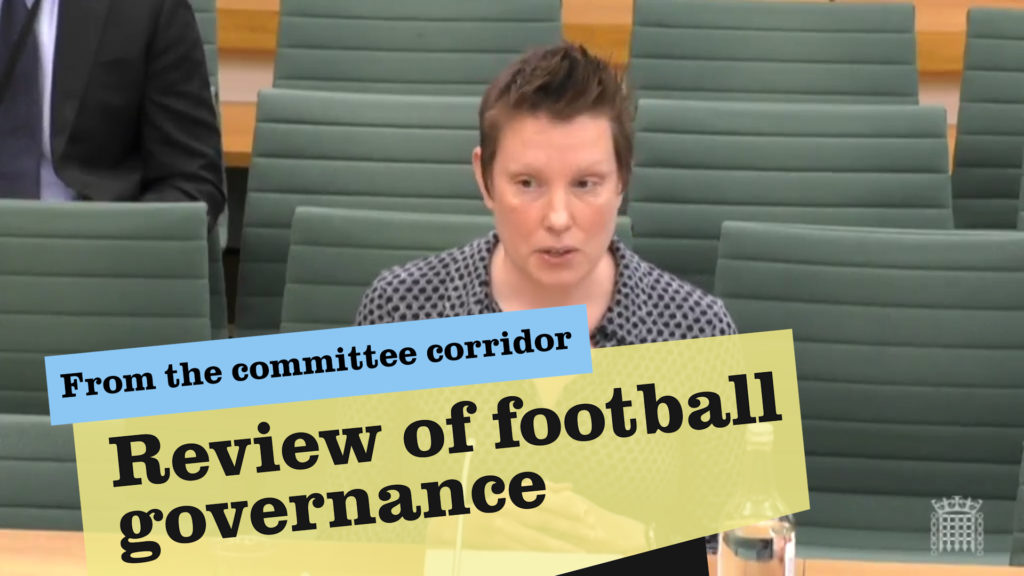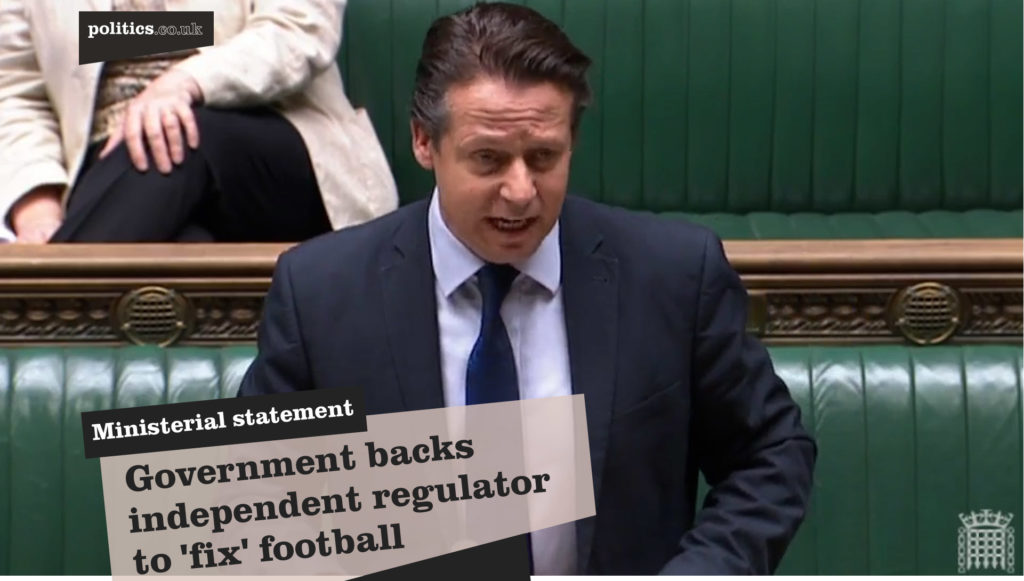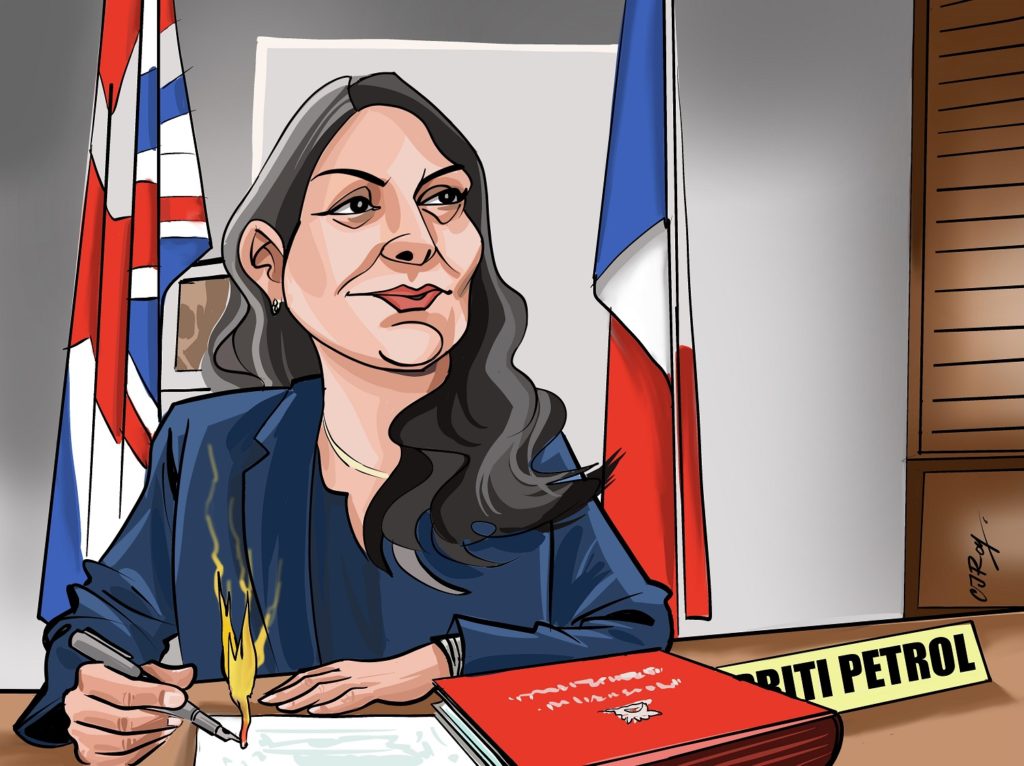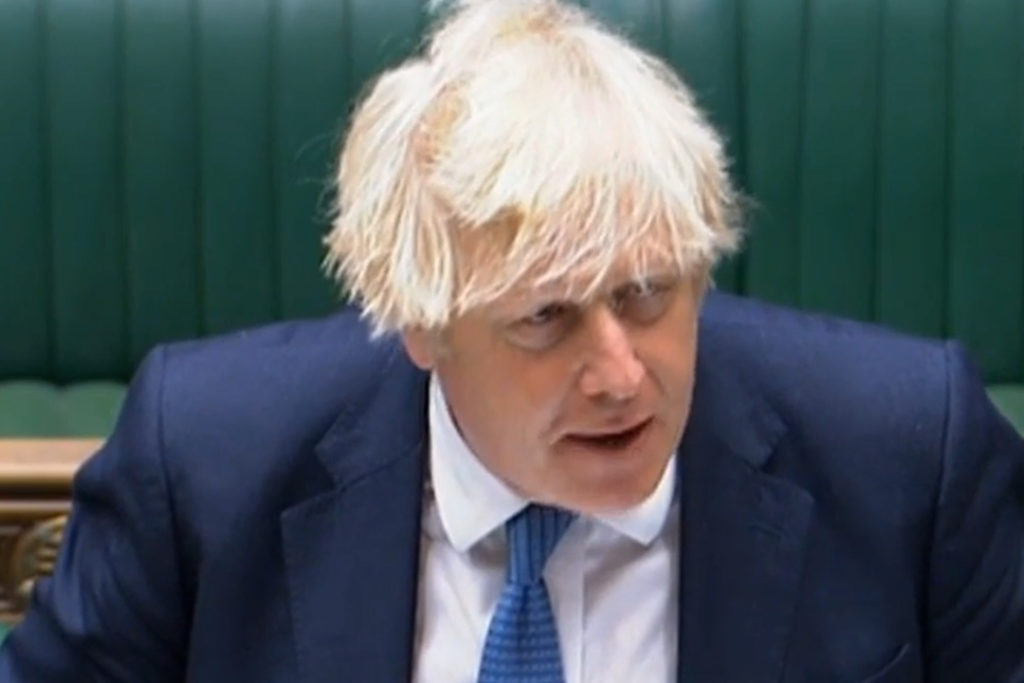What is Football Hooliganism?
“Hooliganism” is the term used broadly to describe disorderly, aggressive and often violent behaviour perpetrated by spectators at sporting events. In the UK, hooliganism is almost exclusively confined to football.
Disorderly behaviour has been common amongst football supporters since the birth of the sport, but it is only really since the 1960s that it began to be perceived as a serious problem.
In the 1980s, hooliganism became indelibly associated with English football supporters. This followed a series of major disturbances at home and abroad, which resulted in a number of deaths. Vigorous efforts by governments and the police since then have done much to reduce the scale of hooliganism.

Banning orders are now a key part of the strategy to combat football related violence.
Today, in contrast to the more or less spontaneous upsurges of violence of the past, gangs of rival fans will frequently arrange to meet at specific locations, using mobile phones or the Internet, before and after matches to fight.


The highest profile English hooliganism problems, tend to occur in relation to international matches and events. And although England has long had one of the worst international reputations for hooliganism, a number of other countries are now experiencing similar and growing problems.
Some of the most significant problems with football violence are now seen in Turkey and Russia. However the problem is spread across all the major football leagues including Spain, Italy, Germany, France, and Holland.
In all these countries, there are gangs of hooligans that share other characteristics, interests and beliefs, that incline them towards violent conduct, including links to far-right organisations. Others, however, are apolitical, and are simply composed of men who enjoy fighting.
The term “hooligan” has a disputed derivation, but it is generally accepted to have begun to appear in London police reports in 1898 in relation to violent street gangs.
History of football hooliganism
1960s and 1970s
Although football hooliganism only rose to widespread public attention in the 1960s, it had been with the sport since its earliest development. In the late 19th Century, concerns were frequently voiced about groups of “roughs” causing trouble at matches by attacking not only opposing supporters, but also players and referees. Sociologists pointed to football’s origins in working class Britain as a factor distinguishing it from the majority of sports popular today, and contributing to its links with aggressive and disorderly behaviour.
Although football became more “respectable” in the interwar period, and violence went into decline, levels of disorder and public concern about them rose sharply in the 1960s, in conjunction with a number of other moral panics, relating to new youth cultures and growing racial tensions.
In this context, football stadiums rapidly became identified as public spaces where large scale threatening ritual displays and fights could be staged.
Gangs emerged staking their claims to certain “territories” within football grounds, and strong “tribal” loyalties grew up intermingling gang mentality and support for particular teams. The territorial factor is widely accepted to be the principal reason behind the particular rivalries between neighbouring teams and the susceptibility to violence of derby matches – although other local factors are prominent in some cities (eg sectarianism in Glasgow).
It should be noted that in the 1960s, football violence was considerably worse in many other European countries than in the UK: in the early 1960s, the Football League sought to pull English teams out of European competitions for fear of the threat posed by foreign fans.
Throughout the 1960s and 1970s, football violence was largely confined to football stadiums, but the trend since then has been increasingly to move outside. In the 1990s, following the introduction of all-seater stadiums, in the wake of the Hillsborough disaster, nearly all large-scale football violence has occurred outside stadiums.
1980s and 1990s
A watershed in the history of English football hooliganism was the Heysel disaster of 1985, in which a “charge” by Liverpool fans at rival Juventus supporters caused a wall to collapse, resulting in 39 deaths.
English teams were banned from European club competitions until 1990, and during this time, substantial efforts were made by the police to bring the problem under control. Simultaneously, considerable efforts were also made in the 1980s by football clubs themselves to eliminate racism amongst fans.
The Public Order Act 1986 permitted courts to ban supporters from grounds, while the Football Spectators Act 1989 provided for banning convicted hooligans from attending international matches.
The Football (Disorder) Act 1999 changed this from a discretionary power of the courts to a duty to make orders. The Football Disorder Act 2000 abolished the distinction between domestic and international bans.
The Football Offences Act 1991 created specific offences of throwing missiles onto pitches, participating in indecent or racist chanting, and going onto the pitch without lawful authority.
Separately in Scotland, a new law was introduced in March 2012 to deal with the growing problem of threatening behaviour particularly in relation to inciting religious hatred.
The Offensive Behaviour at Football and Threatening Communications (Scotland) Act 2012 creates two new offences: Offensive Behaviour related to football and Threatening Communications. The former covers expressing or inciting religious, racial or other forms of hatred and and threatening behaviour at, or on the way to, a regulated football match. The latter relates to threats of serious violence and threats intended to stir up religious hatred sent via the internet or other communications.
Football hooliganism today
Today there remains an issue with football hooliganism.
In the 2019 football season there were a reported 1,771 football banning orders in place on particular individuals, an increase of almost a fifth from the year before.
There were a total of 1,381 football-related arrests. These arrests cover all arrests designated in law under schedule 1 of the Football Spectators Act 1989 (as amended) reported by police to the Football Banning Orders Authority. This includes football specific offences (e.g. throwing missiles in a stadium, pitch encroachment etc..) and a wide range of generic criminal offences committed in connection with a football match. This covers such arrests at any place within a period of 24 hours either side of a match.
In early 2020 a mob of around 20 hooded hooligans from the Men In Black football hooligan ‘firm’ associated with Manchester United lobbed flares over the gates at the home of the club’s Chief Executive, Ed Woodward.
Mass scenes of football hooliganism were witnessed at Wembley at the final of the 2020 European football championships, where England were playing Italy. Some 2,000 ticketless fans were said to have gained entry to Wembley over some 17 entry points. The author of an FA commissioned independent review of the incident, Baroness Casey suggested that it was a relief that no one died as a result of the hooliganism.
At the end of the May 2022 football season, there was a number of incidents of football hooliganism all involving pitch invasions at the end of a game. After a Championship Play Off semi final, a Nottingham Forest fan headbutted a Sheffield United player leaving him needing stitches. The man was subsequently jailed. Meanwhile, Swindon players were reportedly attacked by Port Vale fans following a League 2 playoff game. There were further reports of the Aston Villa goalkeeper, Robin Olsen, being attacked during a pitch invasion by Manchester City fans on the day they actually won the league.
Throughout the 2020s, there have also been concerns about how illegal drug use, particularly cocaine, was leading to drug induced violence at football games. In May 2022, the government announced that football fans convicted of selling or taking class A drugs such as cocaine at matches could face five-year bans. Anyone convicted might also be ordered to surrender their passports when their team is playing abroad.
In May 2022 the government also detailed plans for a new Independent Football Regulator Bill. This bill contained provisions to ensure that football stewards are fit to practice.
Controversies
The excesses of football hooligans since the 1980s would lead few to defend it as “harmless fun” or a matter of “letting off steam” as it was frequently portrayed in the 1970s. Explanations for the phenomenon are wide and varied.
Moreover, while hooliganism has declined in overall scale, it continues to occur in new and sometimes more alarming forms. In April 2000, Christopher Loftus and Kevin Speight, two Leeds United supporters, were stabbed to death in Istanbul ahead of a UEFA Cup semi-final, in what the coroner’s inquest described as “an organised ambush” by Turkish fans.
The extent to which large-scale hooliganism and rioting is now primarily an international phenomenon (and as the absence of crowd trouble at the 1996 World Cup in the USA first suggested, a European phenomenon) raises a new series of problems.
Frequently, incidents result in recriminations against local police forces, which are accused of targeting, provoking or otherwise mistreating foreign fans. The role of local police forces is evidenced by the lack of problems experienced during the Euro 2000 competition, which was co-hosted by the Netherlands and Belgium: the Dutch police, which has strong international links and a criminal intelligence service experienced in monitoring football violence, successfully contained those incidents that did occur in their territory, while the Belgian police fared far worse.
The influence of alcohol on football violence is also a disputed factor. In the past, when hooliganism was more “spontaneous”, there was clear evidence that many of those involved were drunk. Efforts to ban alcohol from grounds and to monitor and control behaviour in pubs in the vicinity of grounds has had an impact on this sort of disorder. However, alcohol would appear to have little role to play in the “new” organised football violence.
The media is also invoked as contributing to football violence. Although reports are uniformly critical (apart perhaps, from where blame may appear to lie with foreign fans or police), studies have suggested that the language of war and combat employed by the media in covering football reinforces the aggressive and confrontational perception of the sport.
Headlines such as the Daily Mirror’s “Achtung! Surrender!”, printed ahead of England’s match with Germany in June 1996, have been particularly criticised in this regard.
Ironically, perhaps one of the most significant factors in reducing the problem of hooliganism has been the widening interest in the sport and the influx of huge sums of money. At the same time, however, the influence of improved police technology and methods, and a new unwillingness to tolerate hooliganism as “a bit of a laugh”, have pushed it away from the mainstream and into its new, less overt forms.
Quotes
“Our priority is to ensure the safety of all supporters and those who fail to respect this and break the law will be punished. In the last season we have secured banning orders totalling more than 100 years and those who breach them face being jailed “We now have more than 200 people on FBOs across the region and they not only cover games in the UK but overseas.” – Inspector Andy Bridgewater, head of the West Midlands Force, Football Taskforce, 2019.
“Most clubs in the Premier League play to full houses and most of their supporters are season-ticket holders. Clubs will ban any person who is arrested or ejected from a stadium and supporters do not misbehave as they would risk losing their season ticket”…””A number of football clubs have also introduced travel clubs for their away matches – clubs will only issue tickets for an away match to supporters who are members of the travel club. Anyone who misbehaves risks losing their travel club membership and therefore the right to a ticket for an away match.” – The Football Association – November 2011
“The passing of this Act sends out an important message about the kind of Scotland we want to live in and tells the bigots in no uncertain terms that this behaviour will not be tolerated in a modern Scotland”…”By all means enjoy the banter and passionate support for your football teams, even passionate opposition of other football teams – it is the lifeblood of football. But sectarianism and other expressions of hate are not acceptable and it is time for it to stop. Those engaging in it will face the full force of the law.” – Minister for Community Safety and Legal Affairs, Roseanna Cunningham, commenting on the introduction of the Offensive Behaviour at Football and Threatening Communications (Scotland) Act – March 2012










